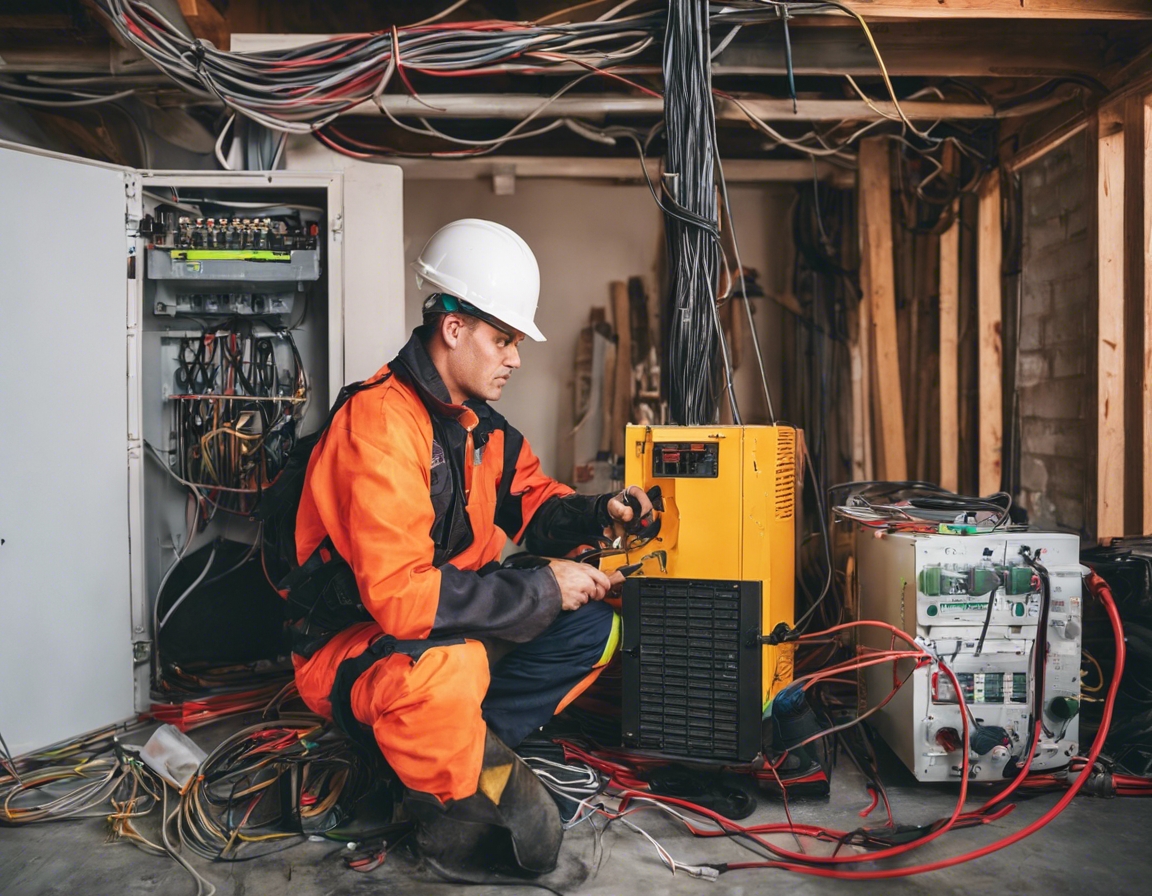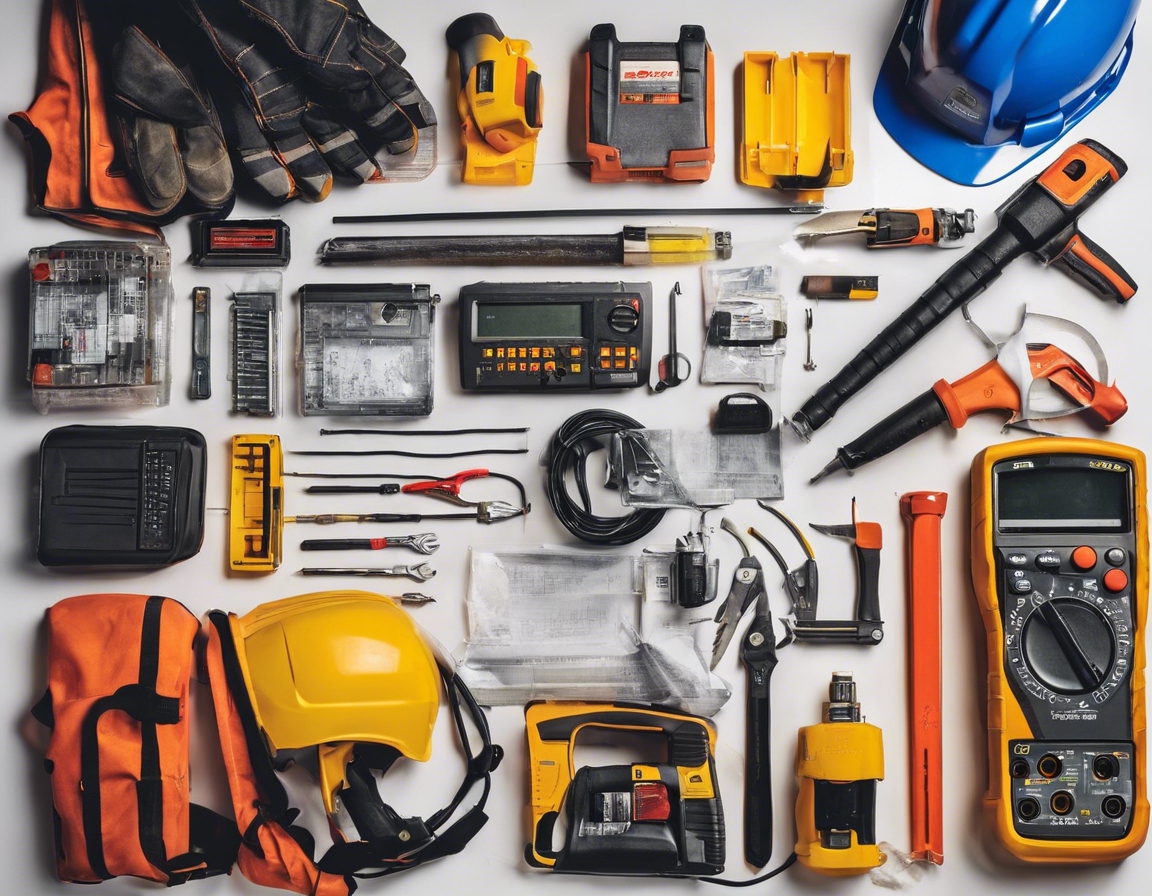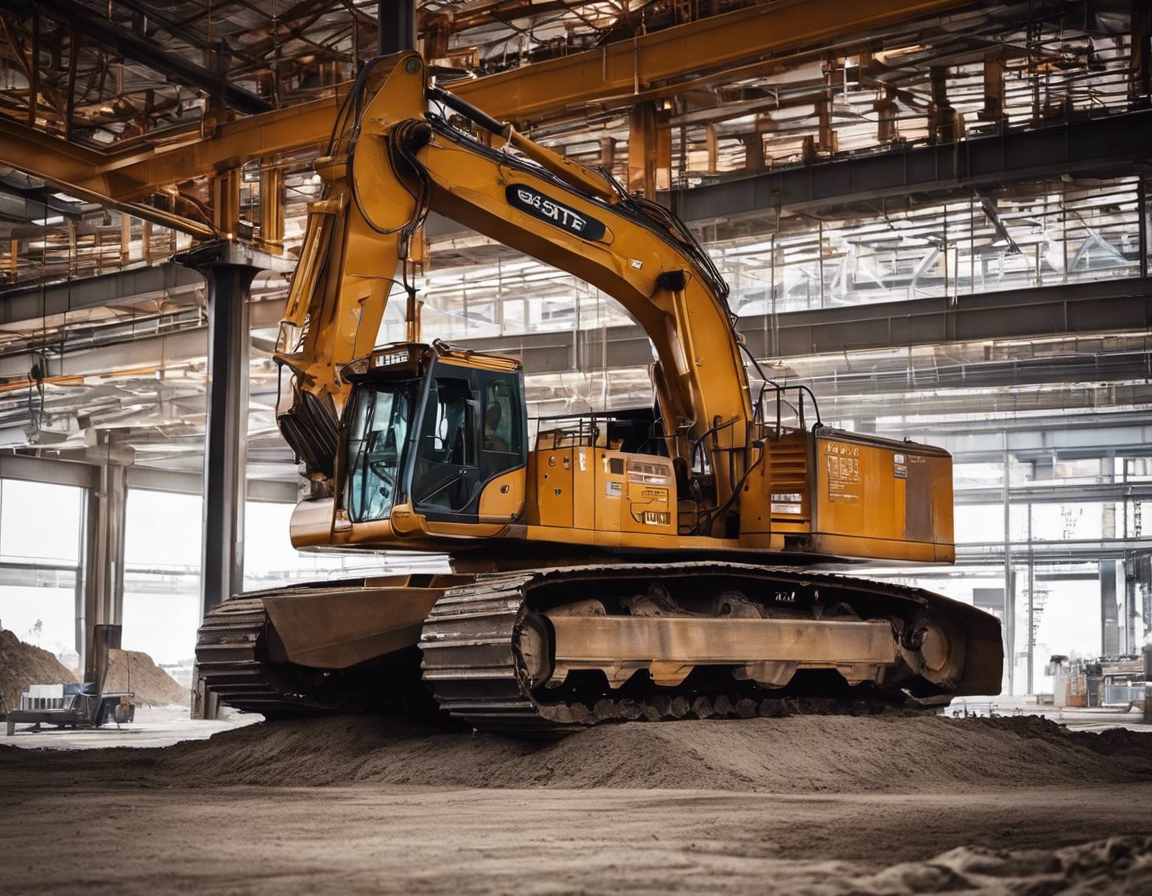5 essential scaffolding safety tips for your next project
Scaffolding safety is a critical aspect of any construction or renovation project. It ensures the well-being of workers and the efficiency of operations, while also preventing costly accidents and legal issues. As professionals in the construction industry, it is imperative to prioritize safety above all else.
In Estonia, Finland, Latvia, and Lithuania, scaffolding safety is governed by strict regulations that must be adhered to. Familiarizing yourself with these regulations is the first step towards ensuring a safe working environment.
Tip #1: Competent Person Supervision
A competent person is someone who is capable of identifying existing and predictable hazards in the surroundings or working conditions that are unsanitary, hazardous, or dangerous to employees, and who has authorization to take prompt corrective measures to eliminate them.
This individual is responsible for the supervision of the scaffolding construction, alteration, and dismantling. They must ensure that the scaffolding is built according to the manufacturer's guidelines and safety standards.
Tip #2: Regular Scaffolding Inspections
Before work begins each day, a pre-work inspection should be conducted to ensure that the scaffold and its components are in safe working order.
After a scaffold has been assembled, it must be inspected by a competent person to verify that it has been correctly constructed and is safe to use.
Regular inspections should continue throughout the scaffolding's use, especially after any event that could compromise its structural integrity, such as severe weather.
Tip #3: Proper Scaffolding Assembly
It is crucial to follow the manufacturer's guidelines for assembly to ensure the scaffolding's strength and stability.
The foundation upon which scaffolding is built must be stable, level, and capable of supporting the scaffold's load without settling or displacement.
Proper securing and bracing of the scaffold are essential to prevent tipping or collapse.
Tip #4: Safe Access and Egress
Safe access points should be provided for workers to enter and exit the scaffold. These should be free from obstructions and hazards.
Ladders and stair towers must be used according to safety guidelines, ensuring they are properly secured to the scaffold.
Tip #5: Training and Awareness
Workers should receive proper training on the safe use of scaffolding, including how to identify hazards and the correct use of fall protection equipment.
Creating a culture of safety within the workplace encourages workers to take responsibility for their own safety and that of their colleagues.







Comments (0)